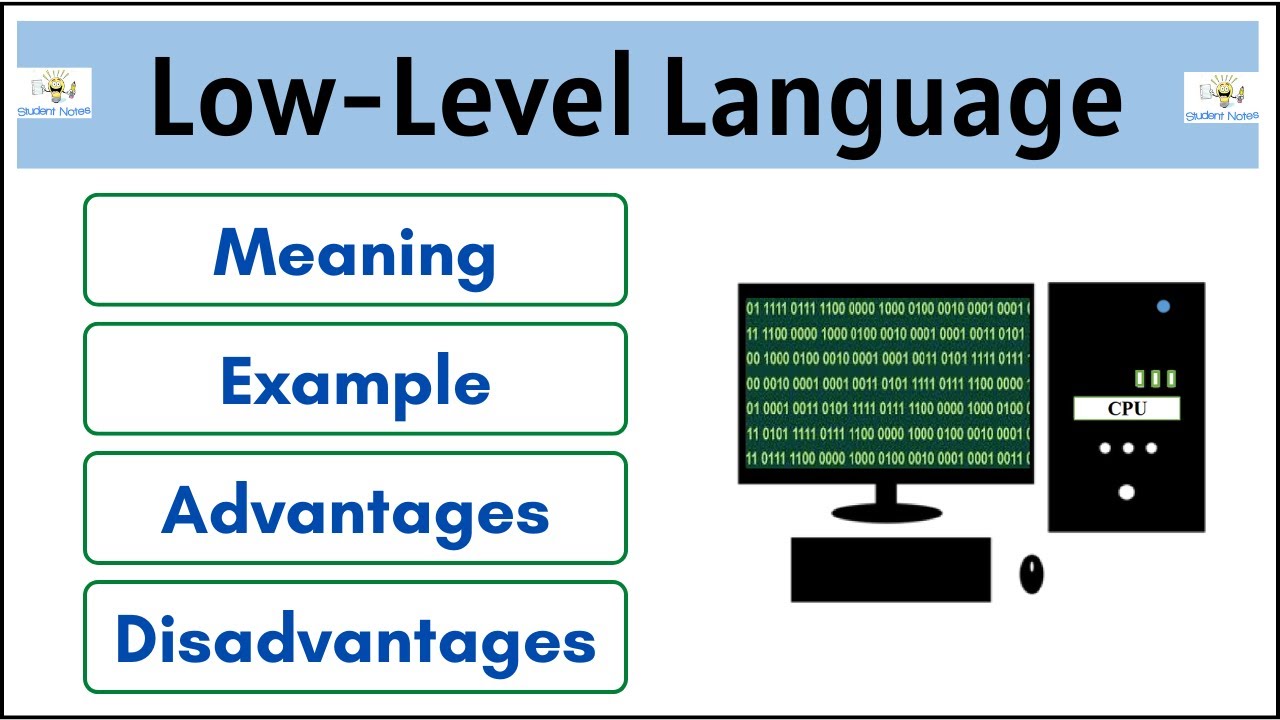Low level languages are computer programming languages that provide led and direct control of the machine’s instructions and memory at a lower level directly than other high level languages, such as C or BASIC. The code written in low level languages is known as the assembly language and it is far more difficult to program in than high level languages.
Low level languages are used to communicate directly with the hardware, which allows the programmer to access more control. Low level languages are the only languages that the hardware understands and will act as a bridge between human readable instructions and the hardware itself.
Low level languages are much more complex and difficult to learn and use than their higher-level counterparts. Because of the ease and power of high level languages, assemblers have become largely obsolete.
In spite of this, low level languages are still used in certain areas. They are often used by hardware designers to more precisely configure an application to the architecture of the hardware, and they can also be used to optimize certain aspects of the computing process, such as memory usage.
When designing a new computer or making changes to an existing one, low level languages are also often useful in debugging while the hardware is being developed. Low level languages are not ideal for general purpose programming, however, they can be used effectively in computer systems where speed and control are paramount.





